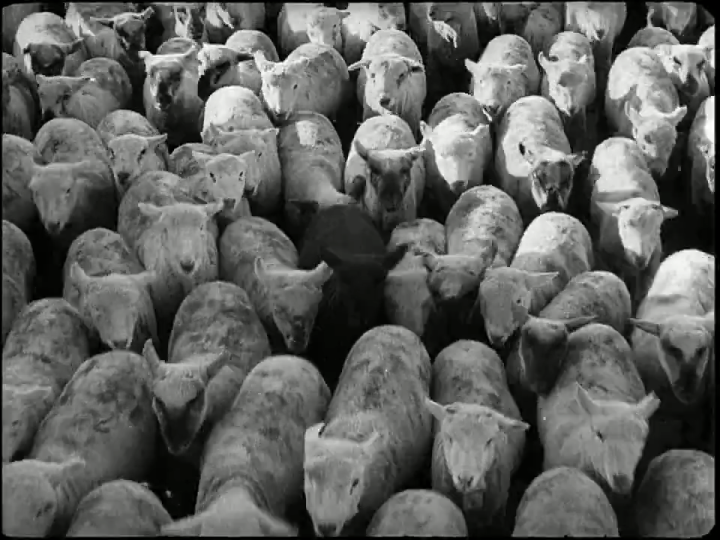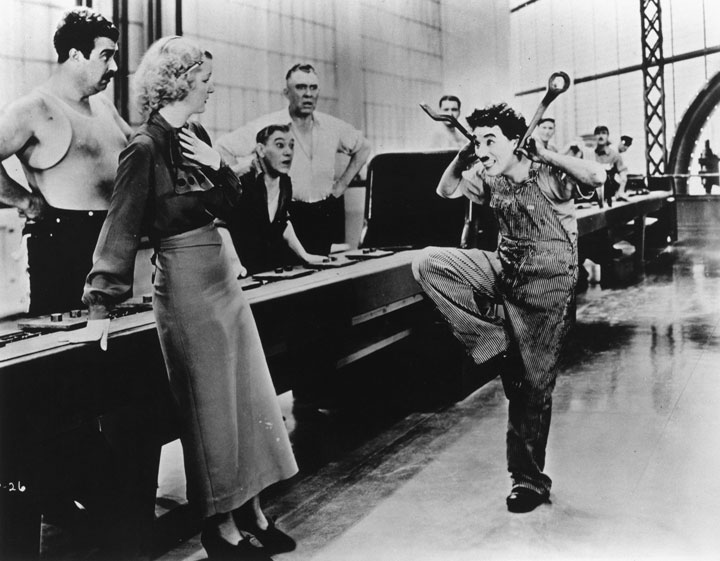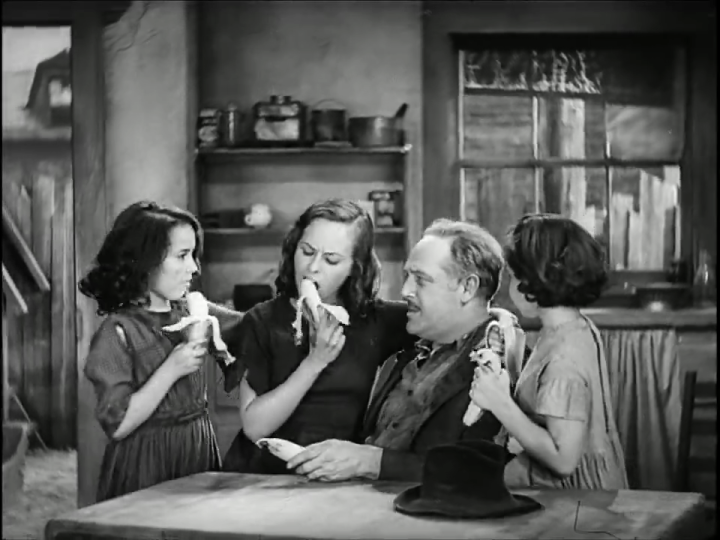‘a story of industry, of individual enterprise, humanity crusading in the pursuit of happiness’
The “Modern times’, one of the most outstanding masterpieces by Chaplin, was a lot more than just shameless, slapstick silent comedy. It reflected one of the most crucial times of world economy:
When Chaplin was creating Modern times the United States was in the deepest and longest-lasting economic downturn in the history of the industrialized world. In October 1929, the market lost $30 billion in value causing steep declines in industrial output and rising levels of unemployment. By 1933, when the Great Depression reached its lowest point, nearly half of the country’s banks had failed; some $74,000,000,000, or five-sixths of the value of the stock market of September 1929 had disappeared.
before Chaplin began filming Modern times, he traveled around the world and talked with some of the most influential figures of world and that played a very important role in shaping the conception of the movie.
The movie begins with a huge clock ticking and a herd of sheep pouring out, just like the workers pouring out of the subway station and heading towards the factories under the tyranny of time. The symbolism here is utterly powerful, both the herd of sheep and the workers are shown almost together in a sense that both are considered subordinate to the larger system. Both are treated as voiceless-commodities priced according to the value they can produce.
The story slowly continues and reveals the inhuman treatment of the Boss (Spying on his workers even in the toilet). He even experiments with a feeding device that will save the lunch hour (because obviously, eating is such a waste of time!)
“Don’t stop for lunch, be ahead of your competitor” – the feeding machine inventor
After hours of monotonous work under strict surveillance – The little Tramp , “A factory worker” – suffers an obvious breakdown and was hauled off to a mental institution. The factory work had taken it’s toll on his mental condition.
Chaplin in one of his interviews once said:
“Unemployment is the vital question … Machinery should benefit mankind. It should not spell tragedy and throw it out of work.”
Chaplin explores poverty, economic inequality, political turmoil, strikes, unemployment … everything in his masterpiece. The tramp, after making it out of the mental institution, was captured by the police mistaken as a communist leader, in a very funny sequence where he marches a flag as leader with the protesters. In jail where he comes across and beats up some narcotics smugglers and wins the trust of the prison officer.
On one hand as the story of a “factory worker” continues, on the other, the story of the Gamin, another victim of the great depression, unfolds. She’s introduced by stealing food for her unemployed father and her siblings. Her father was one of those many victims of the great economic slowdown of the 1930s, who lost their jobs and later was killed in a labor demonstration. A very common picture during that time. After his death the younger siblings were taken into custody by government but the Gamin ran away.
In the course of life they meet each other.
“The only two live spirits in a world of automatons. We are children with no sense of responsibility, whereas the rest of humanity is weighed down with duty. We are spiritually free”
Together they try and make the best of their deprived situation, they start living in a small shack near the industrial waterfront ”comfortably” with a few basic necessities. Their love and happiness reveals a stark contrast from the glamorous mechanical life of the industrial capitalist society.
But happiness doesn’t stay for long, after losing the new found employment, the Gamin started to lose hope and breaks down, we see them sitting in the side of a highway in the middle of nowhere, the bleak landscape symbolizes their empty life, with no money or job, they only have each other( and sometimes maybe that’s enough) and the highway shows the “dawn” of a new beginning at the end.
“Buck up – never say die! We’ll get along!”
The movie ends with one of the most beautiful scenes ever caught of camera, as the couple walks arm in arm with a smile on their face towards the unknown future with hopes in their heart.










Congratulations ! Your post has been featured in Spicy Saturday section of BlogAdda. Check here - http://blog.blogadda.com/2015/08/01/spicy-saturday-picks-1st-august-2015-indian-bloggers
Cheers 🙂
LikeLike
😀 thanks 🙂
LikeLike
Wow! you got notified by the team!! Even my blog post got picked up, but no one notified me. I had to discover it by myself 😦
LikeLike
hehe 😀
LikeLike
Reblogged this on John Barleycorn.
LikeLiked by 1 person
Congratulations! Your blog post was selected for Best Spicy Saturday Picks of 2015 edition on Jan 2, 2016 at BlogAdda.
Please find it here:
http://blog.blogadda.com/2016/01/02/best-blog-posts-of-2015-spicy-saturday-edition-blogadda-indian-blogs
LikeLiked by 1 person
Yes, a beautiful, sad and profound film. One of Chaplin’s best, in my opinion. And just as relevant today as it was then.
LikeLiked by 1 person
Yes. Very much!
LikeLiked by 1 person
He was such an amazing talent wasn’t he! He could have even been better if he hadn’t acted on his attraction to underage females.
LikeLike